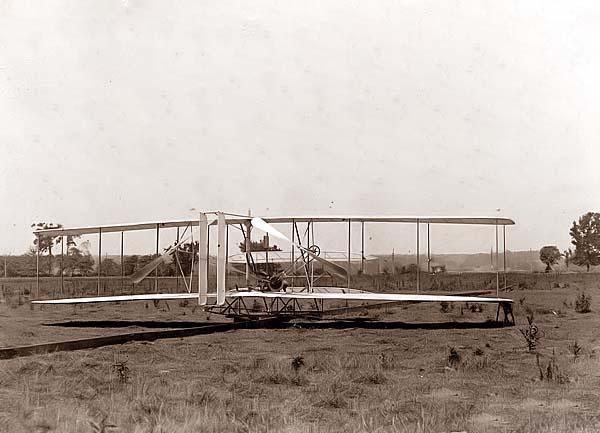Linus and Charlie Brown visit a relative in Kitty Hawk, North Carolina, at the time of the Wright brothers’ first flight. They get to meet the Wright brothers and witness history being made.
Children will enjoy this film even if they are not familiar with the Peanuts characters.
This short film will introduce children to the Wright brothers and the invention of the airplane.
Your child will be intrigued to learn that this cartoon has some relationship to real events. Review the Helpful Background section and talk about the Wright Brothers and the invention of the airplane. You will not be able to cover everything but do the best you can. Immediately after the movie, or at odd times over the next week (for example at the dinner table or in the car on the way to school) bring up some of the Discussion Questions, starting with the Quick Discussion Question in the sidebar. Don’t worry if you can only get through a few questions. Just taking the film seriously and discussing it is the key. Allow your child to watch the movie several times and continue to ask and help him or her answer more discussion questions.
The difference between the Wright brothers and other people who were trying to invent a heavier than air flying machine was that the Wright brothers understood that since flight involved so many variables, such as the shape of the wing, the shape of the rudder, and the strength of the materials, they had to find a way to test each design component as much as possible in isolation, i.e., without changing the other components. Planes and gliders were so expensive to build that previous inventors would change more than one component looking for the magic formula. However, since there were so many variables, they could never tell what they were doing right and what they were doing wrong. The Wright brothers constructed a wind tunnel and tested inexpensive small models of airplanes and wings, changing only one or two components at a time. This allowed them to test and retest each design. The Wright brothers learned from each failure.
It was hard for the Wright brothers to gain recognition as the inventors of the airplane. Many people didn’t believe that two unknown bicycle mechanics from the heartland of America had succeeded where all of the experts had failed. However, the Wright brothers patented the important components of their design and eventually gained the recognition they deserved. The Wright brothers made the first plane used by the U.S. Army, exceeding the government’s specifications for a plane that would travel forty miles per hour and stay aloft for one hour. Many people used their designs without paying a license fee and the Wright brothers were involved in prolonged patent litigation against large airplane manufacturers. The government forced a settlement during the First World War so that the dispute would not get in the way of aircraft production.
1. See Discussion Questions and Projects for Use With Any Documentary.
2. To what use did the Wright brothers put their failures?
3. Why was it important for the Wright brothers to test various components of their airplanes in isolation?
4. Why was it important that the airplane land on a point as high as it started?
5. In the early airplanes, what was the benefit of the pilot lying prone as the plane flew?
6. Describe how the wing of an airplane creates lift.
AMBITION
1. Do you know people with the drive and ambition that the Wright brothers showed in trying to develop an airplane?
BROTHERS
2. Can you cooperate with a brother or sister as well as the Wright brothers cooperated with each other? What does that type of cooperation take?
Discussion Questions Relating to Ethical Issues will facilitate the use of this film to teach ethical principles and critical viewing. Additional questions are set out below.
RESPONSIBILITY
(Do what you are supposed to do; Persevere: keep on trying!; Always do your best; Use self-control; Be self-disciplined; Think before you act — consider the consequences; Be accountable for your choices)
1. Where would the Wright brothers have gotten had they not persevered in their quest to invent the airplane?
This Learning Guide was last updated on December 17, 2009.


